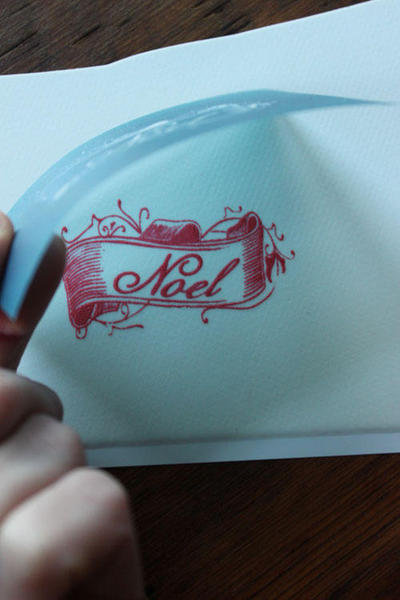OK, here's my first use of a screen with royal icing. Granted, I did it on a frosting sheet, which is a lot easier than stenciling (or screening, I imagine) on a cookie, but I REALLY like how clean and crisp it looks. I would have had trouble getting a stencil with such closely spaced openings to look this crisp (with no "bleeding" of the fine lines) so the flexible screen and mesh seem to help keep the icing from sneaking underneath. Other possible advantages of the screen:
1. Thinner than a stencil, so the screened image is less likely to get peaks when you lift off the screen (though the result is almost relief-less, so if you want relief, you won't have much.)
2. The screen is less slippery than acetate, so it seems to move around less on the surface of the paper/cookie, which leads to less blurring.
I definitely like working with them, but I want to know more about how they're made. Some of the photo-sensitive agents/chemicals used to make normal screens are very toxic.
I used icing at the consistency I would usually use for stenciling and no evident clogging of the screen but I just used it once and then washed it.
Will try on a cookie after Thanksgiving. Rushing now to get topcoats on a ton of cookies.




